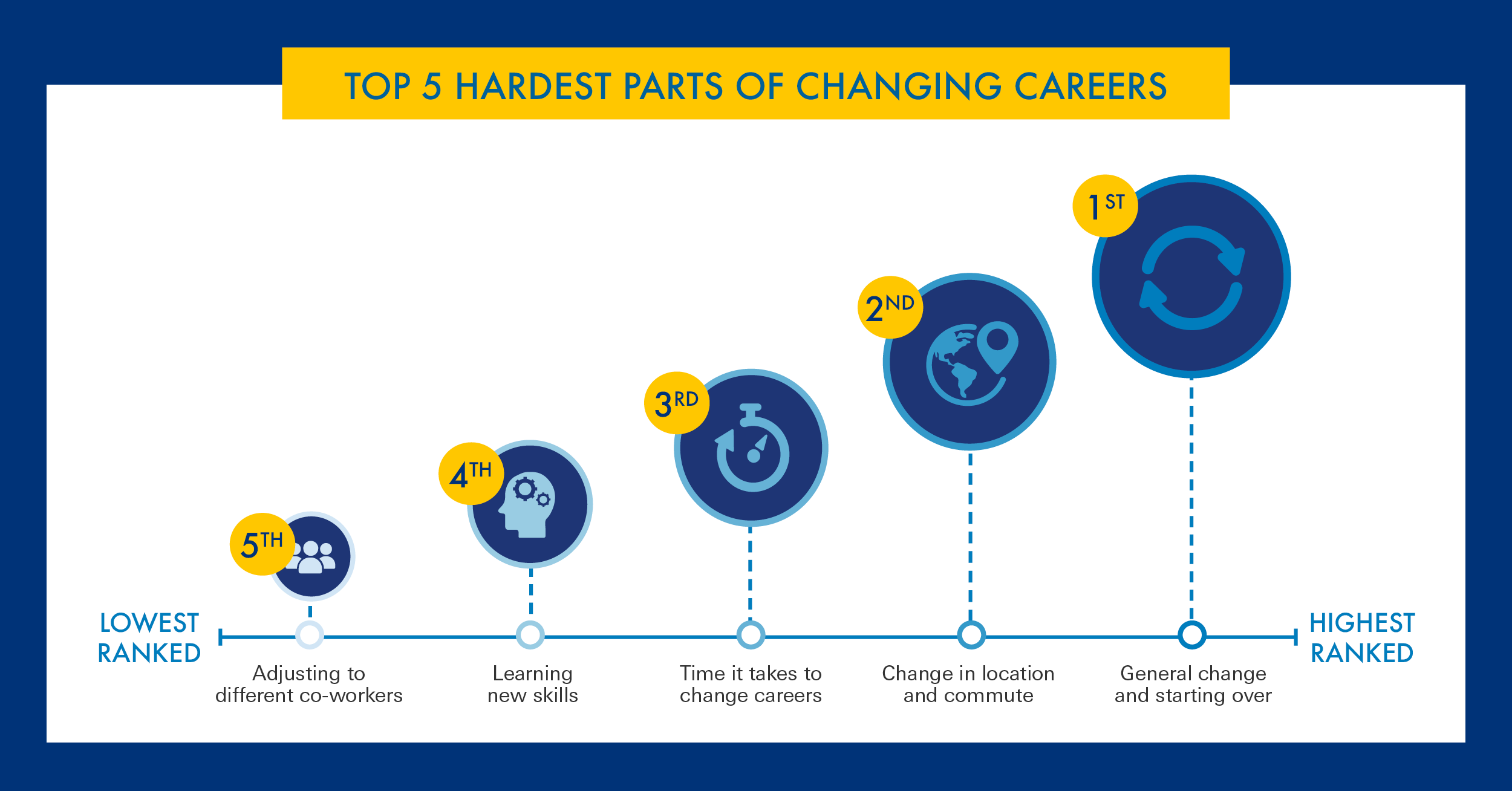
It can be difficult to return to work after a long absence. You can make your transition easier by planning your commute and learning the safety procedures and work hours at your workplace. You can also make a routine and then practice it before going back to work. These steps will make you more prepared for your new job.
In-person meetings
In-person meetings have become more common as travel restrictions are lessened. But they remain below pre-pandemic levels. Future-looking leaders are helping to redefine what constitutes 'normal'. It is possible that the first in-person meeting for a team who has been mostly virtual for two year will be full of both relief and apprehension.
Virtual meetings can have significant drawbacks as well. For example, virtual meetings may not allow people to see non-verbal cues, which comprise 80 percent of human communication. People with different communication styles may be excluded from virtual meetings. A Harvard Business Review study showed that people may be more comfortable talking up in virtual meetings. This could allow for greater inclusion.

Flexible return-to the-office policy
According to the Bank of England, it won't change its flexible return-to office policy. The Bank of England cites health concerns and individual circumstances as reasons. Canva has also announced that it is creating flexible work models for its employees. The company will focus on flexibility and will no longer have formal rules on office attendance.
Flexible work arrangements can attract the best talent. The plan might not be loved by all employees. While 94% would prefer to have more flexibility about their schedules and locations, 2/3 of knowledge workers report that they have very little or no flexibility over their hours.
Socializing decreases the likelihood of employee theft
However, socializing isn't the only problem. When employees are distracted, they can be tempted to use company time to run their side businesses or to socialize with their co-workers. Time theft is a major problem in many workplaces. It is often hard to find the culprits. Employers can reduce the chance of time theft by giving employees flexible work schedules.
This type of crime is so widespread that it has become one of the most common causes of business failures. In fact, it costs companies billions of dollars a year. One estimate states that employee theft accounts for over 7% in the U.S. business failures. Plus, more than a quarter of employees have stolen from an employer at least once. Employees are responsible for two-thirds all cyber breaches.

Remaining fully remote
Different organizations have experienced varying results in bringing back employees from vacation. Some found it difficult to manage the chaos, while others tapped into a broader talent pool. Although most companies are happy to have employees who work from home, there are other factors to consider before allowing them to work from home frequently.
Nearly three out of ten companies currently use a fully remote work model. Another third plan to continue employing full-time on-site employees, while about half of the rest plan to move towards a hybrid model.